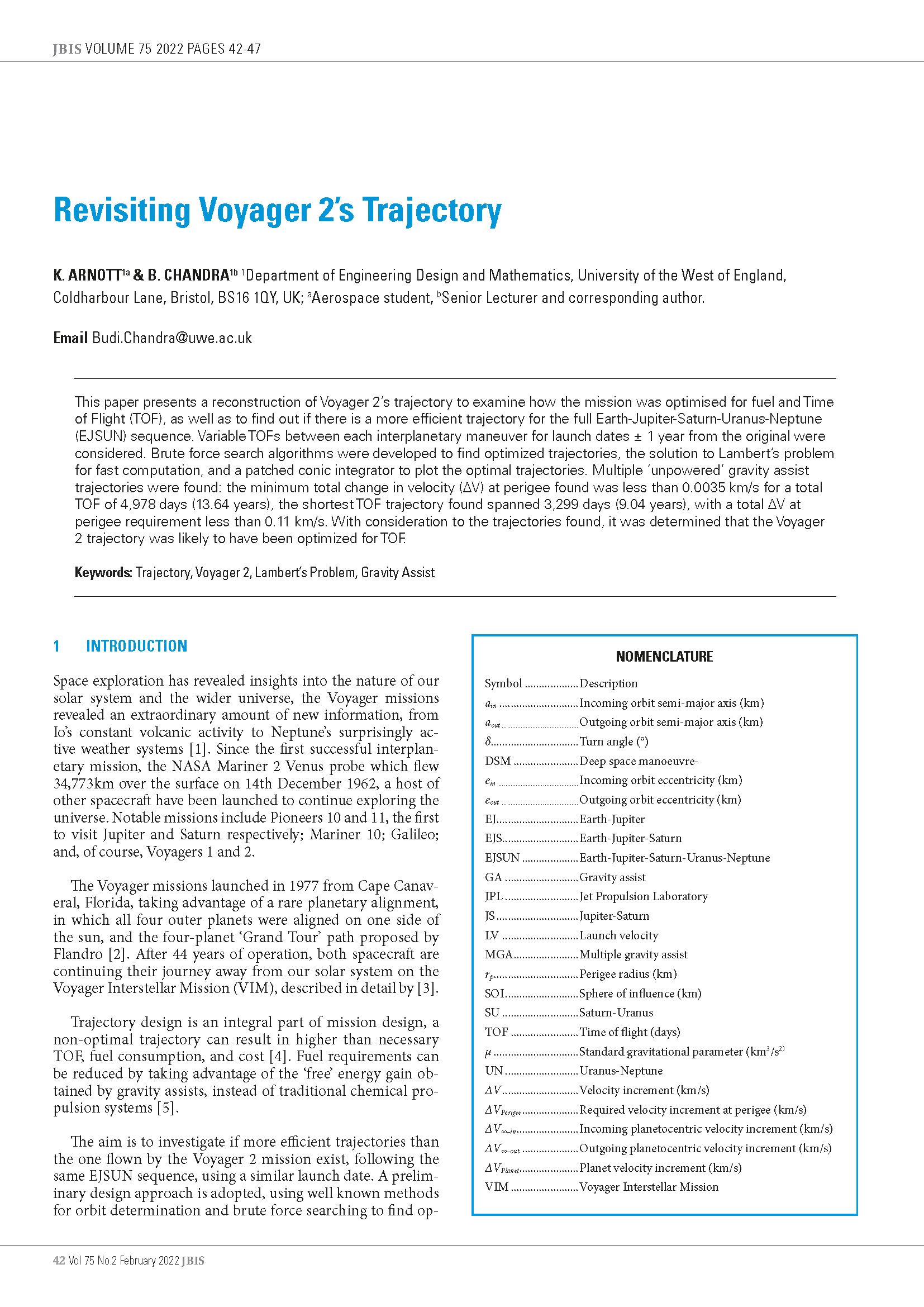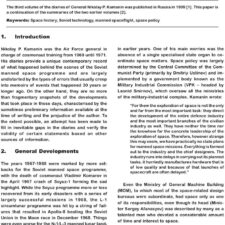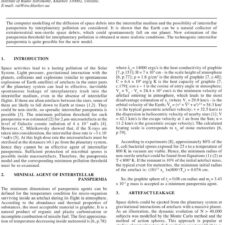Revisiting Voyager 2’s Trajectory
£5.00
K. Arnott & B. Chandra (2022), JBIS, 75, pp.42-47
Refcode: 2022.75.042
DOI: n/a
Abstract:
This paper presents a reconstruction of Voyager 2’s trajectory to examine how the mission was optimised for fuel and Time of Flight (TOF), as well as to find out if there is a more efficient trajectory for the full Earth-Jupiter-Saturn-Uranus-Neptune (EJSUN) sequence. Variable TOFs between each interplanetary maneuver for launch dates ± 1 year from the original were considered. Brute force search algorithms were developed to find optimized trajectories, the solution to Lambert’s problem for fast computation, and a patched conic integrator to plot the optimal trajectories. Multiple ‘unpowered’ gravity assist trajectories were found: the minimum total change in velocity (ΔV) at perigee found was less than 0.0035 km/s for a total TOF of 4,978 days (13.64 years), the shortest TOF trajectory found spanned 3,299 days (9.04 years), with a total ΔV at perigee requirement less than 0.11 km/s. With consideration to the trajectories found, it was determined that the Voyager 2 trajectory was likely to have been optimized for TOF.
Keywords: Trajectory, Voyager 2, Lambert’s Problem, Gravity Assist





